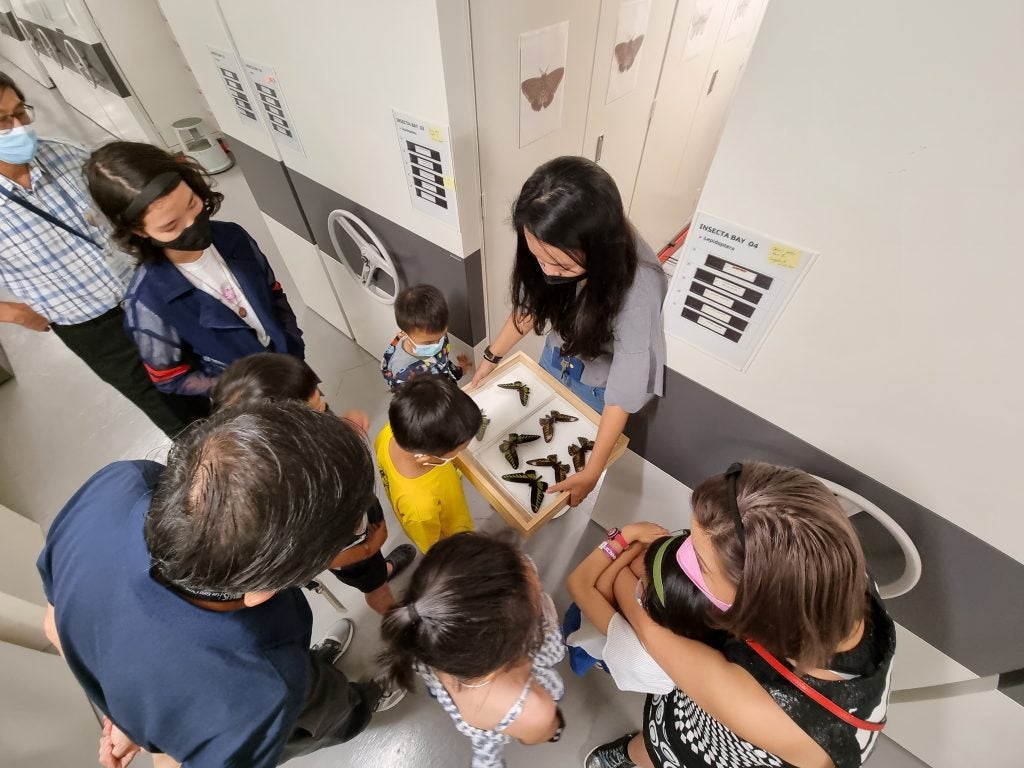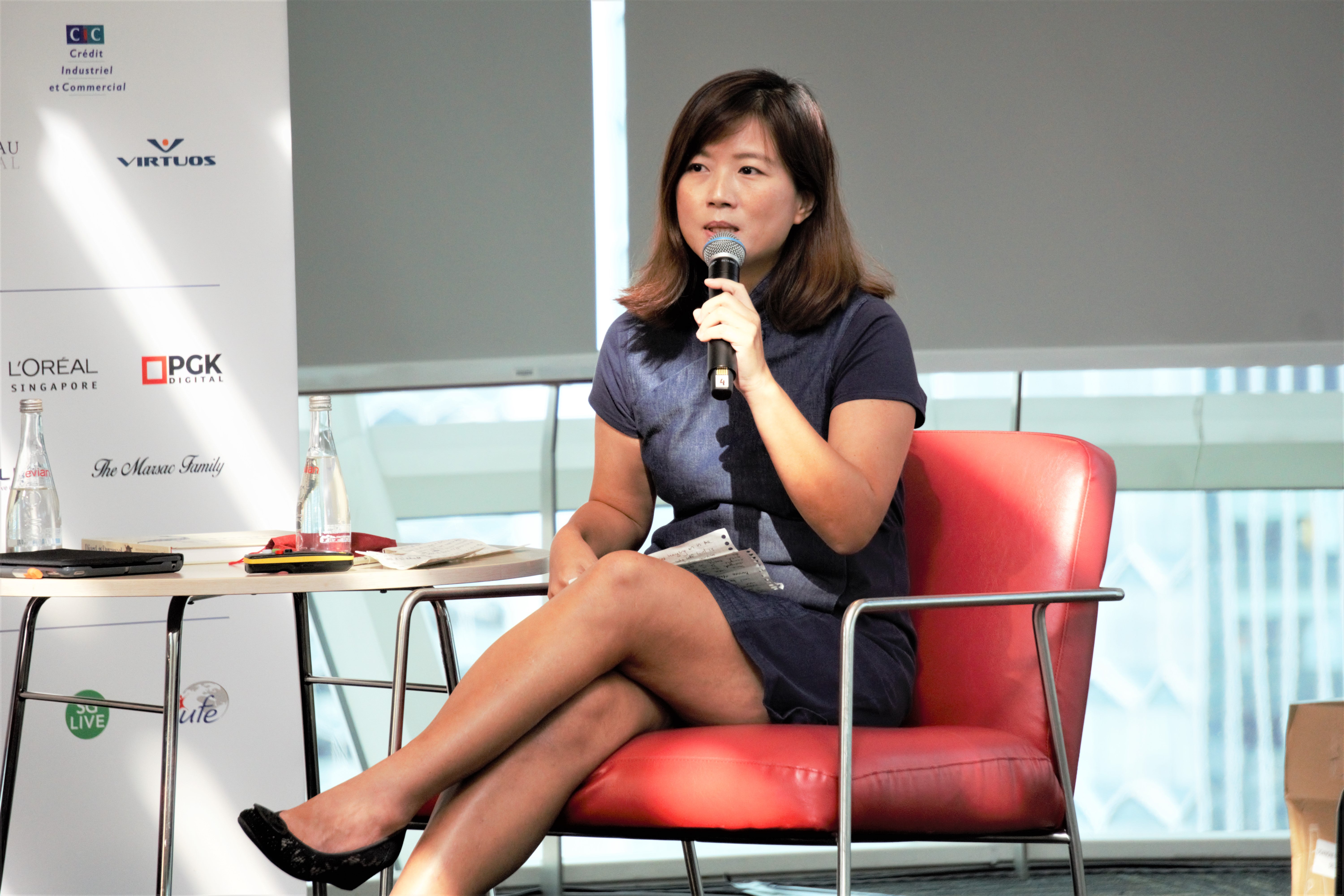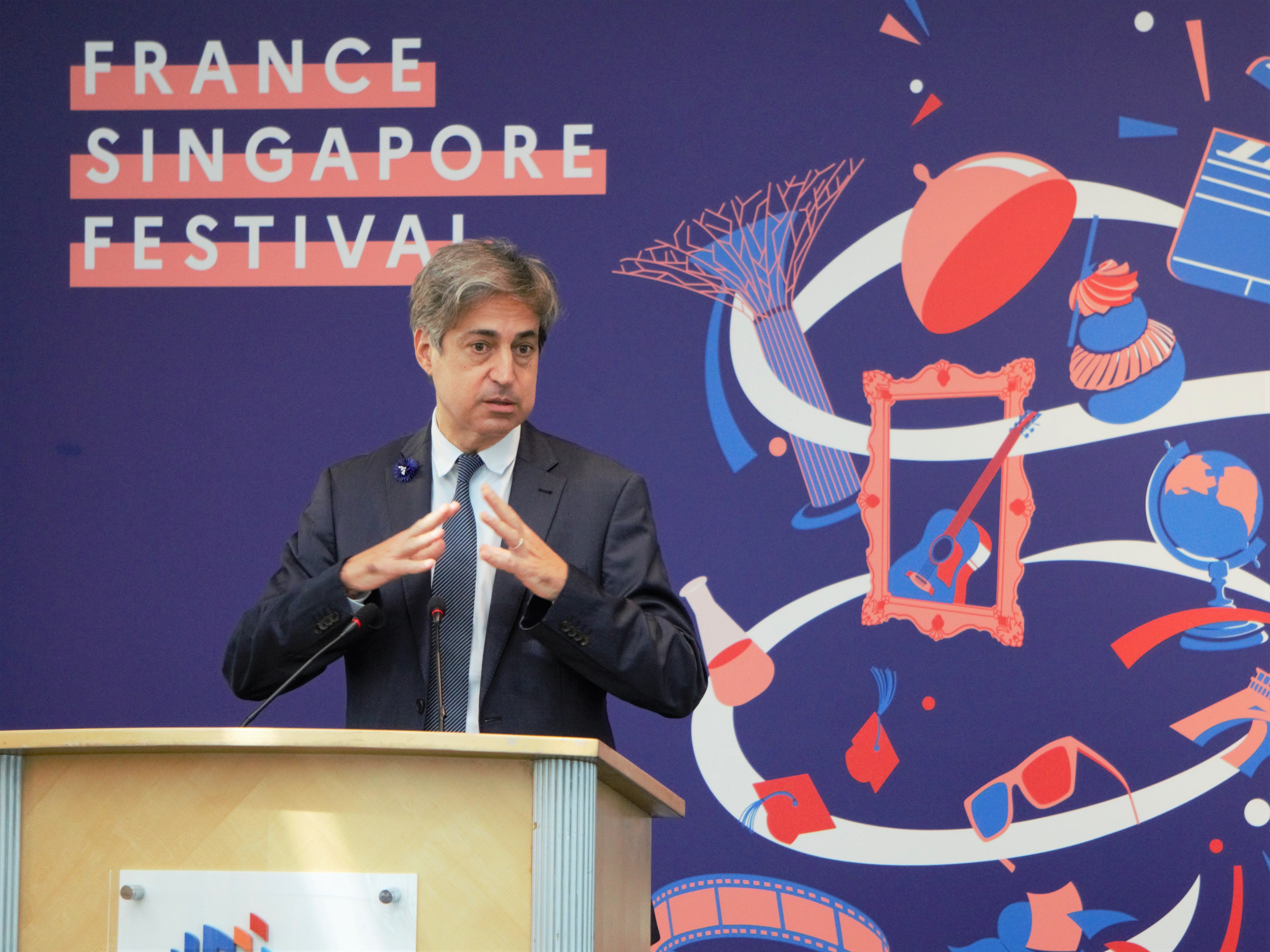Department
Lee Kong Chian Natural History Museum
Lee Kong Chian Natural History Museum
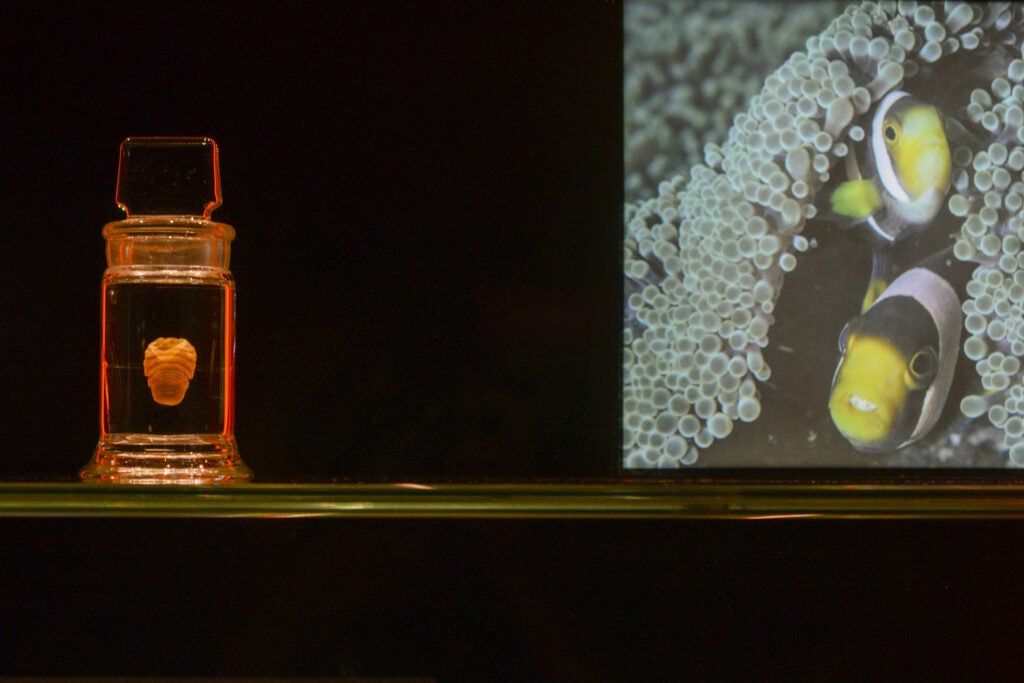
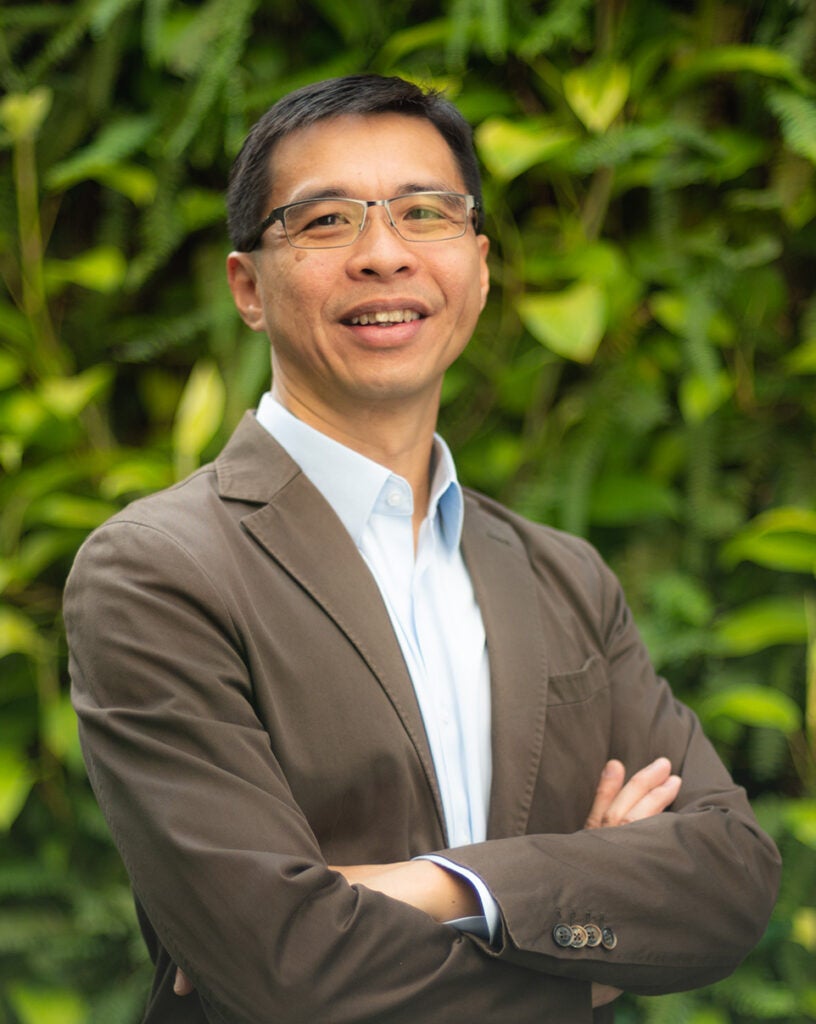
Assoc Prof Darren YEO
Head of Department
“Our collections are invaluable sources of biological and historical data, supporting conservation and ensuring natural history remains relevant today. As a premier research institution, we continue to expand our knowledge on Southeast Asia's rich biodiversity.”
Shaping Future Talent
The Lee Kong Chian Natural History Museum (LKCNHM) resumed many of our regular activities in education, outreach and research, with the easing of COVID-19 restrictions. Collectively, through our engagement programmes and educational modules, we reached over 12,000 participants.

We ran youth and student programmes, including the STEP Environment Camp in November 2021, which nurtures youth environmental leadership through lectures and workshops by experts in wildlife conservation and habitat protection. This was cohosted with the St John’s Island National Marine Laboratory.
Under the ExxonMobil Endangered Species and Conservation Programme, primary and secondary school students learned about endangered species in Southeast Asia and the threats they face.

As part of our efforts to increase curriculum relevance, we conduct modules such as the ‘Natural History Collections and Conservation’ postgraduate module, which introduces students to the importance of natural history collections from a broader perspective and how they support biodiversity research and conservation. For their final group project, students used specimens from our Zoological Reference Collection and curated a mini-exhibition, ‘Reflections’, in collaboration with our gallery team.
We also ran several programmes and camps for participants from all walks of life, as well as Continuing Education and Training programmes for teachers to equip them with additional skills and knowledge on biodiversity and climate change.
The ‘Body Snatchers: Nature’s Zombies and Vampires’ exhibition was launched on 29 October 2021 by our Guest-of-Honour Mr TAN Chuan-Jin, Speaker of the Parliament of Singapore. The exhibition focuses on parasites and their importance to ecosystems and biodiversity.
Shaping Future Solutions
The Museum continued to deliver significant research, with multiple journal publications describing new species from Singapore and around the region, as well as generating new data on the rich biodiversity in Singapore’s urban landscape.
Shaping Future Society
We continued to reinforce our standing as a leader in Southeast Asian biodiversity through collaborative initiatives with partner institutes in the region and internationally.
Under an agreement with the Natural History Museum (NHM) in London on 31 March 2022, we launched the Singapore in Global Natural History Museums Information Facility (SIGNIFY) in August 2022 to digitally catalogue over 10,000 historically important specimens of Singapore’s biodiversity collected over the last 200 years. These specimens are currently housed in NHM and museums around the world. All digitised material will be freely and openly available to the public.
Credit: The Trustees of NHM and SIGNIFY
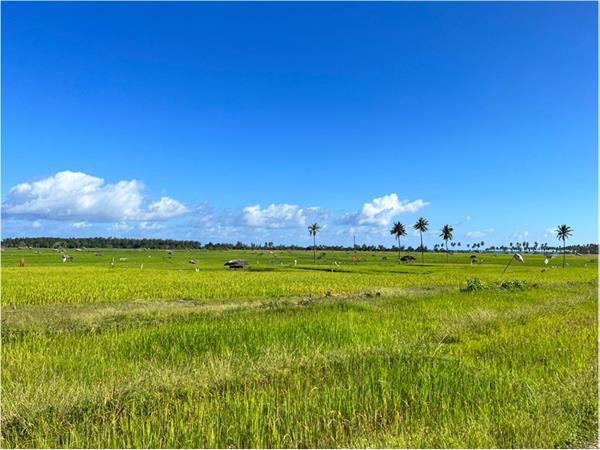
We inked another agreement with the Directorate of Forestry, Coffee and Industrial Plants, Ministry of Agriculture and Fisheries of the Democratic Republic of Timor-Leste on 2 August 2021 to promote joint cooperation studies and research in biodiversity conservation.
A new book Diard & Duvaucel: A Collection of French Natural History Drawings of Singapore and Southeast Asia (1818 to 1820) was launched on 12 November 2021. It features 117 paintings of specimens collected by two French naturalists who studied the flora and fauna of Singapore, Southeast Asia and India.
The book is the result of a collaboration between the Museum and the Embassy of France, the National Library Board, Singapore and Epigram Books, together with the Museum national d’Histoire naturelle and supported by TotalEnergies Foundation.
2022 is a year of leadership transition.

Prof Tommy KOH, LKCNHM Chairman, who contributed significantly to the Museum even before its establishment in 2015, stepped down at the end of March 2022. Taking over as Chairman is Mr TAN Chuan-Jin, who is concurrently Deputy Chairman of Mandai Park Holdings.
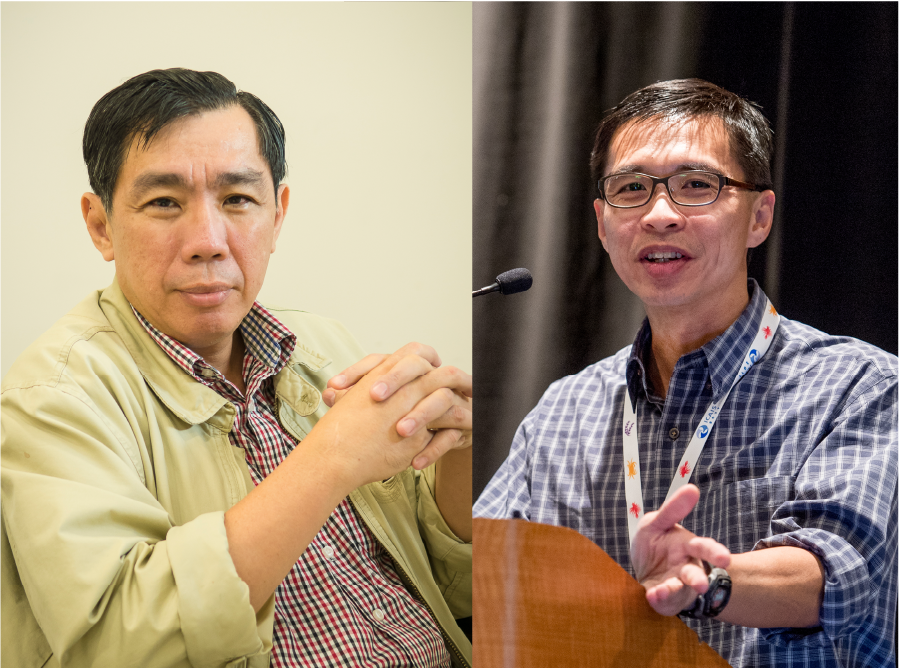
Prof Ng (left) and Assoc Prof Yeo (right)
Prof Peter NG stepped down as the Museum’s Head at the end of June 2022. He had also headed the Raffles Museum of Biodiversity Research, the LKCNHM’s predecessor, from 1998 to 2015. Assoc Prof Darren YEO was appointed to head the Museum from July 2022.
